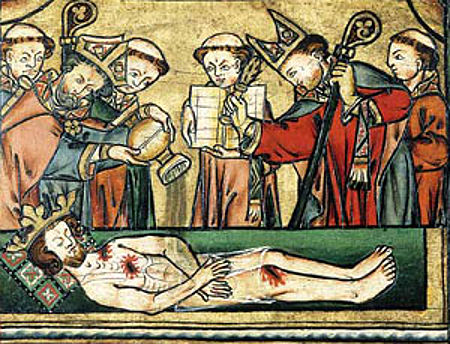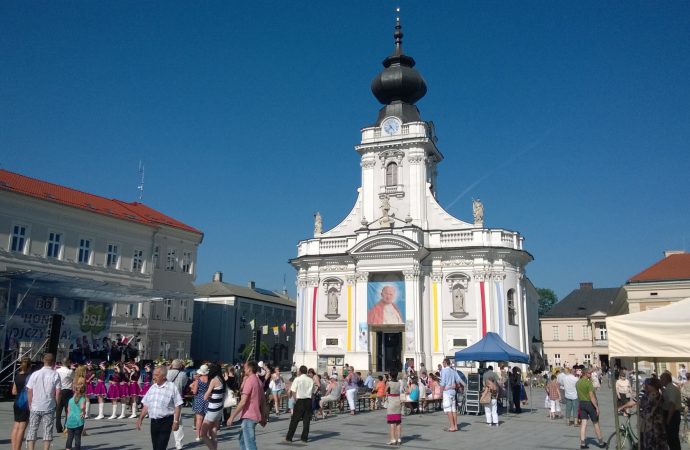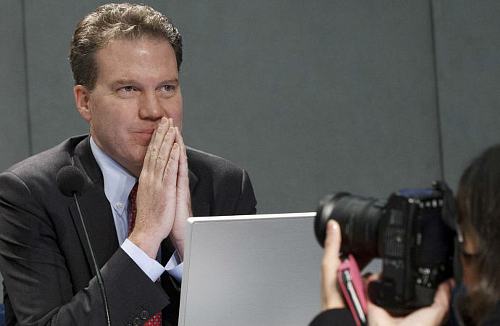Hl Olav – samlet landet og grunnfestet den kristne tro
I St Olav domkirke i Trondheims nylig utgitte hefte om Hl Olav leser vi også:
Ættesamfunnet i Norge hadde siden uminnelige tider vært splittet i storfamilier («ætter») , som kriget mot hverandre. Da Olav kom tilbake til Norge var dette «ættesamfunnet» delvis i oppløsning. Ættefaren var nå blitt bygdehøvding eller hersker over store landområder.
Ættehøvdingene misbrukte makten de hadde. På tingene dømte de bønder og småfolk etter landets lover, men selv tok de seg friheter som truet landets fred.
Som lovgiver og lovens håndhever fikk kong Olav sin viktigste oppgave: Å gi lover som beskyttet nyfødte barn, kvinner, treller og andre svake i samfunnet, og straffe dem som forbrøt seg mot landets lov og rett. I lang tid var disse lovene kjent som «St. Olavs kristenrett». Ennå i dag er deler av vårt rettsvesen tuftet på denne lovsamling.
Olav konge fikk 10 relativt rolige styringsår, og i denne perioden førte han samlingen av Norge et mektig skritt videre. Olavs samlingsverk inneholder blant annet følgende:
1) Han hadde herredømme over et stort rike. Olav var trolig den første rikskongen som sikret seg reelt styre i innlandsområdene Trøndelag og Opplandene.
2) Olav Haraldsson la grunnlaget for en riksomfattende lokal styringsordning. Han skal ha innsatt lendmenn i alle landsdeler.
3) Olavs rolle ved innføringen av kristendommen er grunnleggende. Ved tingmøtet på Moster, i Sunnhordland i 1024, fikk Norge også en riksomfattende kirkeorganisasjon med kirker og prester, en kristen rettsordning og fremfor alt forbud mot all annen religionsvirksomhet.
Kristendommen (Den katolske kirke) ble som kongens tro – rikets eneste tillatte religion.
Kongen ble i sin levetid Kirkens øverste leder, inntil Kirken senere ble helt selvstendig.
4) Gjennom kamper mot politiske motstandere økte Olav kongens riksgods betydelig. Han var den første rikskonge som i omfattende grad lot prege norsk mynt. Olav var den første rikskongen som hadde effektiv styring over hele Norge. Han foretok også mange misjonsreiser i de landsdelene som ennå ikke var blitt kristnet, og gav slik kristendommen varig fotfeste.




